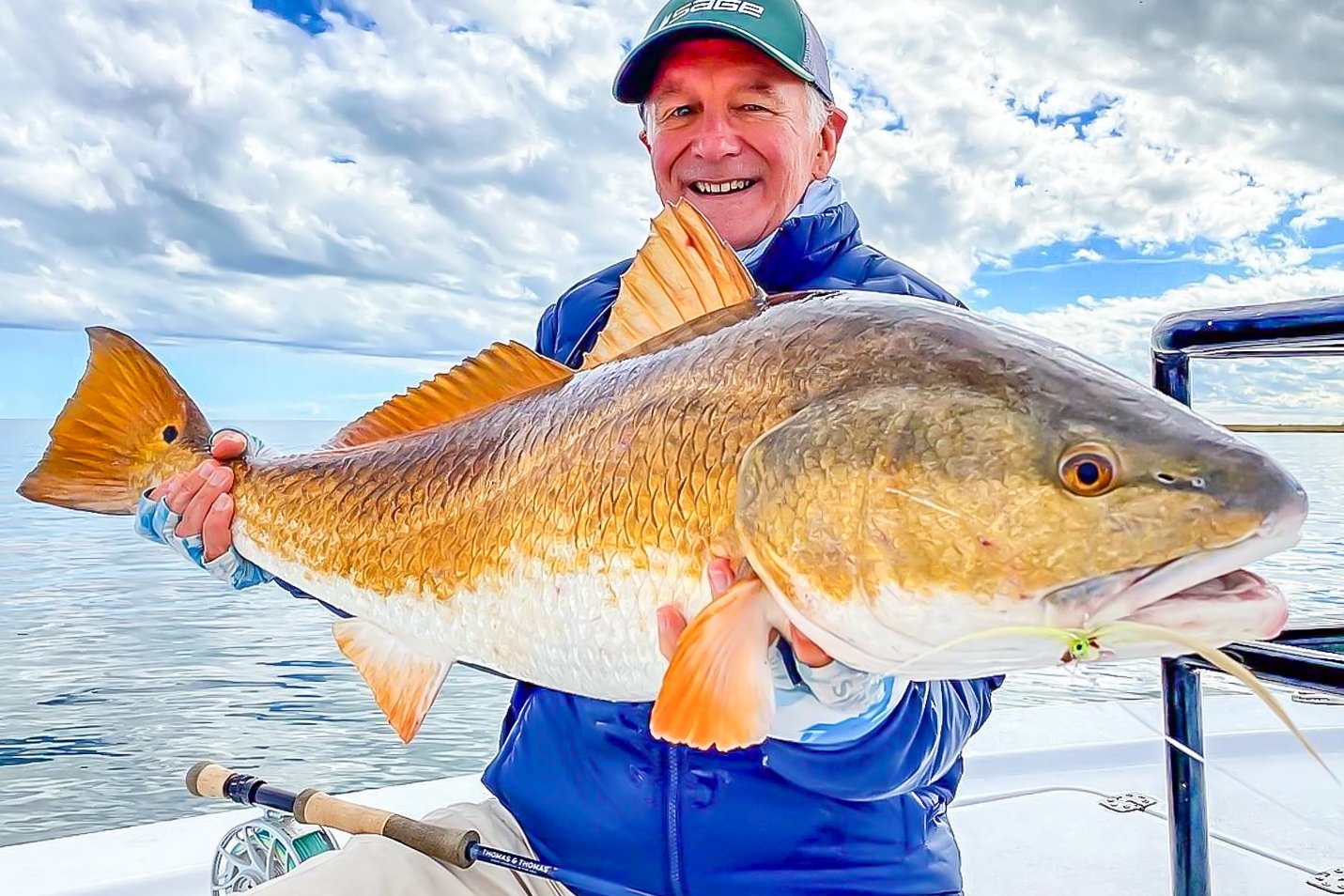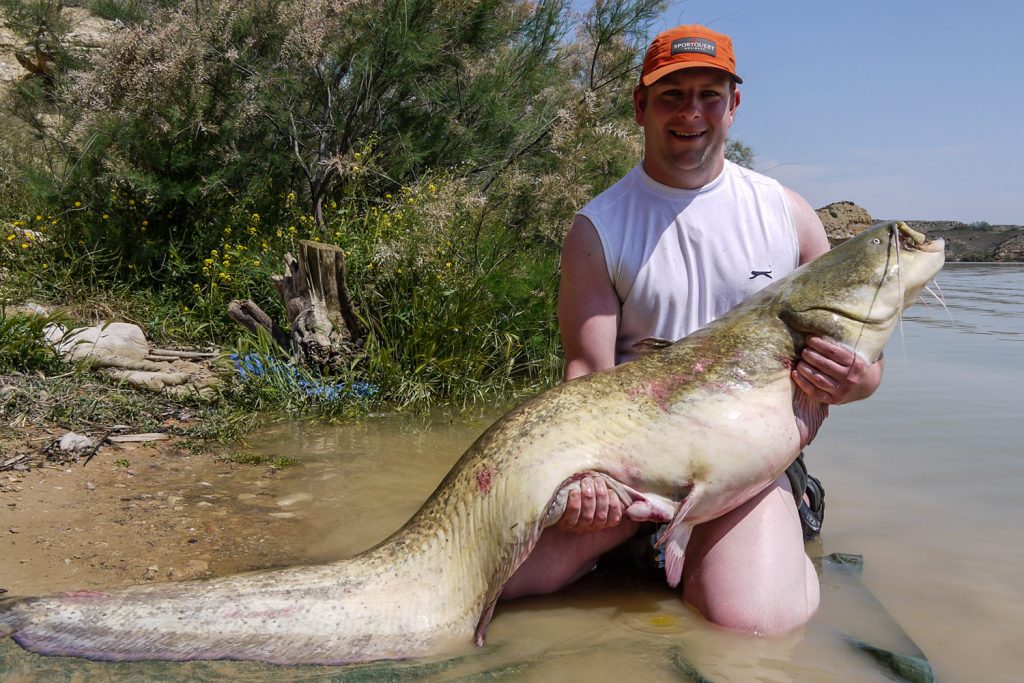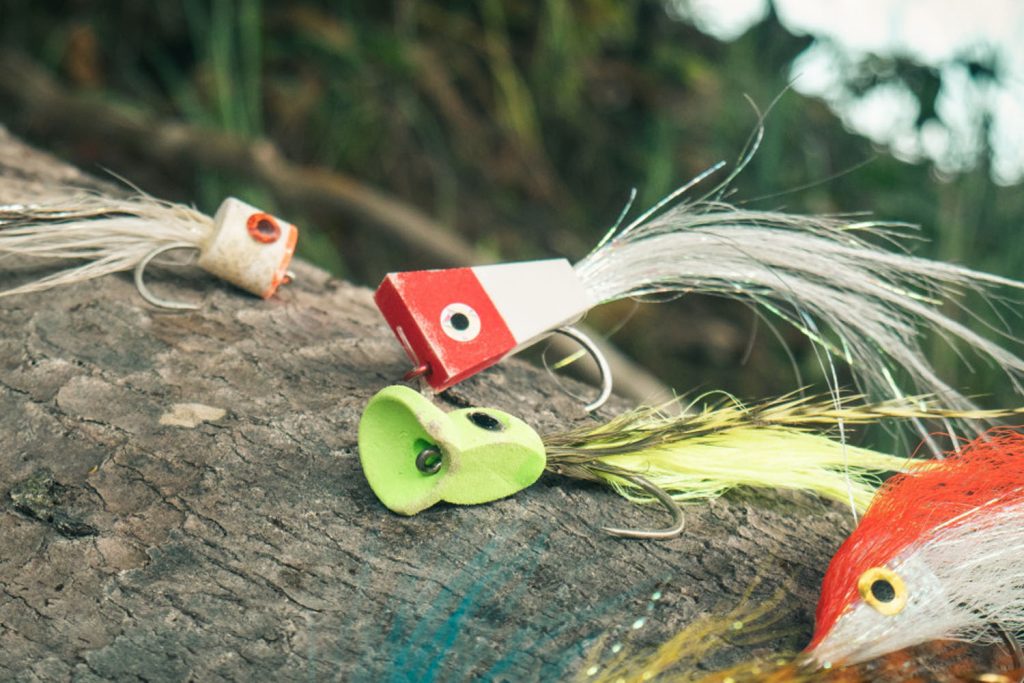Species: Redfish
Scientific Name: Sciaenops Ocellatus
Also known as: Red Drum, Channel Bass, Puppy Drum, Spottail Bass or simply Red.
Description
The Redfish are a big brawny cousin of the Speckled Trout, with robust gill plates and large, tough scales as thick as your thumbnail; they’re beautiful-looking fish, dark red on their back, fading into white on their belly. They feature a distinguishing sizeable black spot on the upper part of the tail base, and having multiple spots is not uncommon, but having none is extremely rare. Scientists believe the spot is there to fool predators into attacking their tails instead of their heads, allowing them to escape when attacked. Adults mature by 3 – 5 years and can have up to 1.5 million eggs; they have been known to live for over 60 years.
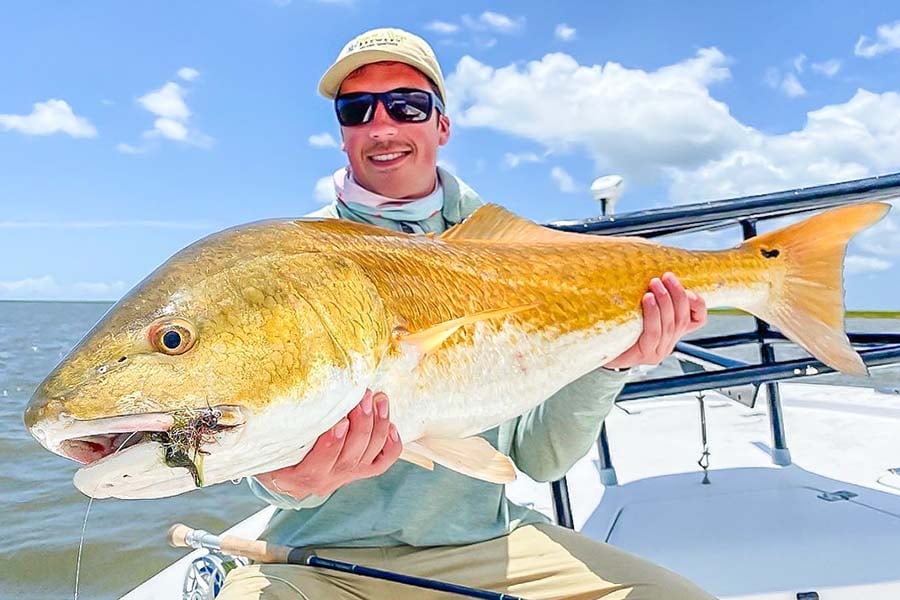

Where To Catch Redfish
Redfish get found in the Atlantic Ocean from Massachusetts to Florida and in the Gulf of Mexico from Florida to northern Mexico. Despite being classed as saltwater fish, they’re a unique species that can live in both saltwater and freshwater. They don’t need salt to survive; they only need a specific calcium level in the water and can be present in the freshest ponds and the saltiest of bays. So they can happily live offshore with Snapper and Sharks and in freshwater next to Bluegill and Bullhead Carp.
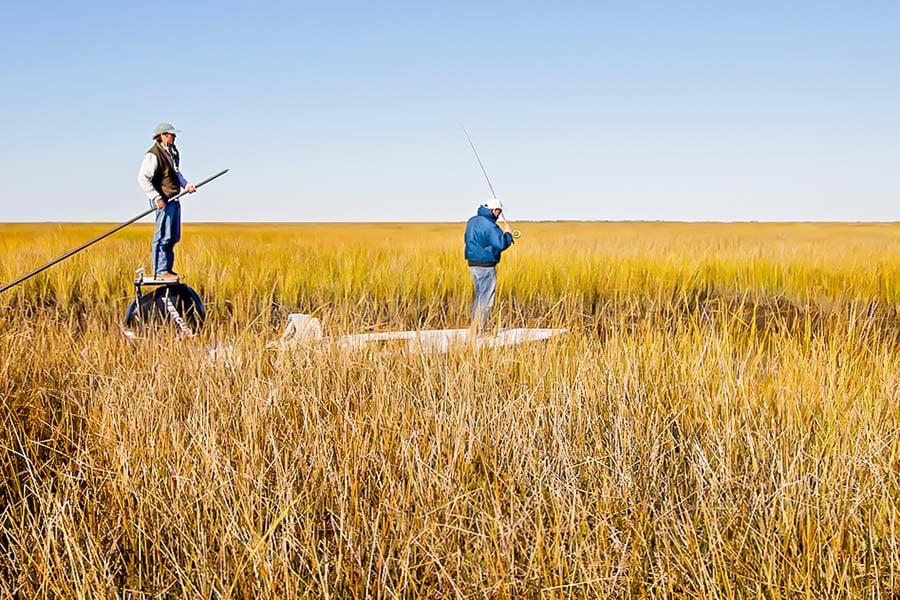

In the states of Texas, Alabama, Mississippi, Florida, and Georgia, they are prevalent; however, Louisiana is considered by many as the Redfish capital of the world. The Louisiana Marshes or ‘Bayou’, a vast area of swampland spanning over 1,400,000 acres, is the ideal habitat for the species and is home to the largest populations found anywhere in the world.
In the 1980s, Redfish were overfished to virtual extinction, but in 2007 they were designated as a protected species, and since then, populations have soared and continue to grow yearly. Thanks to catching limits and size restrictions, the average weight of all Redfish caught has also increased significantly.
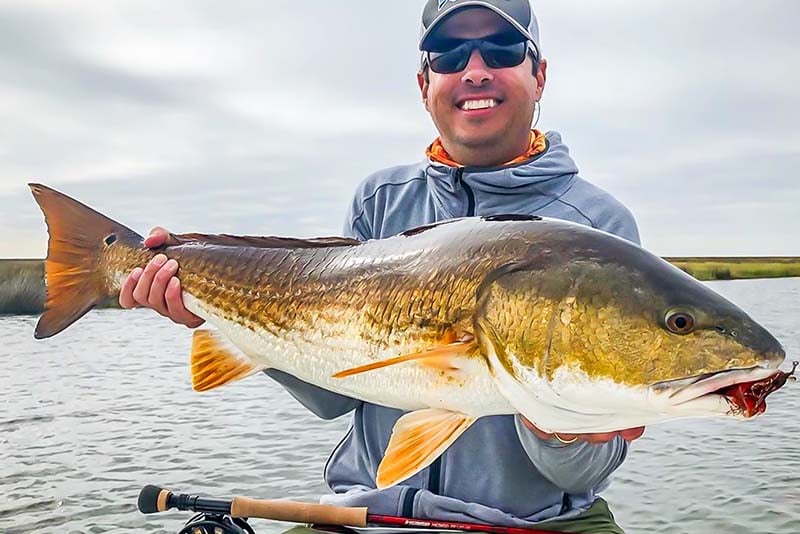

Average Size Of Redfish
Redfish grow at varying speeds depending on their environment and how much food is readily available. The largest fish will often be found in areas with low tidal swings and abundant food populations, such as Shrimp and Crab, for them to gorge on. The typical average size is around 6lb to 10lb, which is a fish approximately three to four years old, although much larger specimens get landed daily. The largest on record is a giant of 94lb landed from Hatteras Island, while the Louisiana state record is a monster of 61lb.
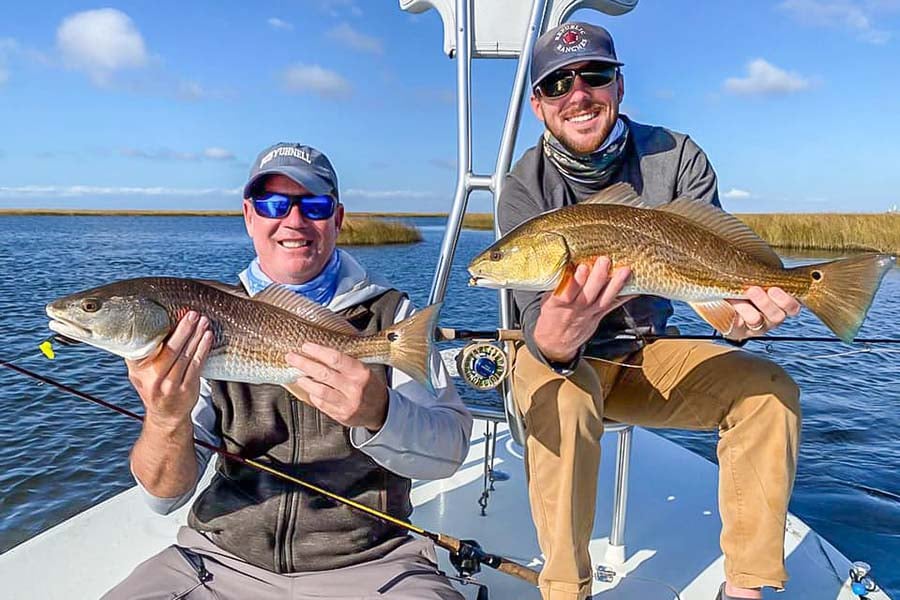

How To Catch Redfish
With their sizeable downturned mouth, Redfish use their sense of touch to forage for food on the bottom, vacuuming up crabs and shrimps. However, they will also use their sight, charging at anything that resembles food in the middle and top of the water column. With these things in mind, they can get caught with various methods, from fishing with live bait like small fish, shrimp and crabs on the bottom to fishing with artificial flies and lures on the surface. Over the past decade, they have become a favourite amongst the fly fishing community and can provide some fantastic sport sight fishing in shallow water.
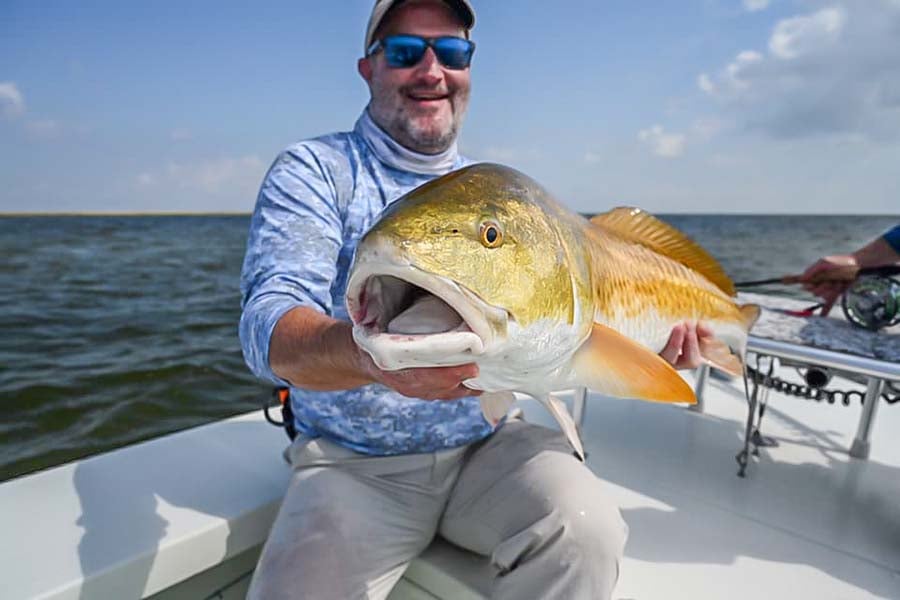

In general, as a species, they are very forgiving. Unlike some saltwater species like Bonefish, Tarpon, and Permit, where a super softly approach is required, you don’t need to be as gentle with the Redfish. Regularly you’ll get more than one cast at a fish, and it often doesn’t need to be that precise; they might miss the fly the first time round but will often come round again for a second and even third look – they love eating flies!
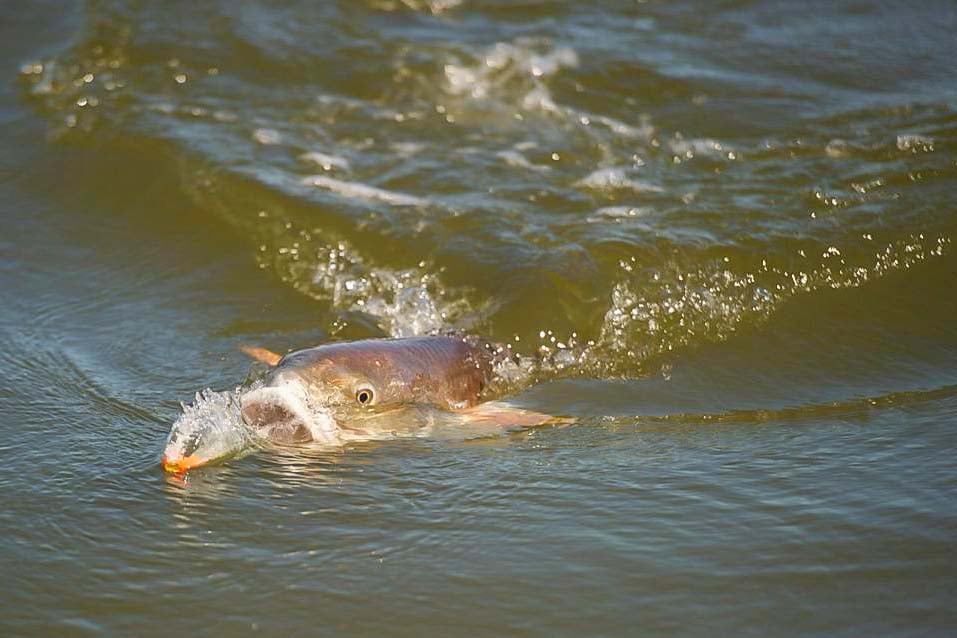

Contact Us
If a Redfish has always been a species on your bucket list, then we can help you tick it off. Our destination in Louisiana is considered the Redfish capital of the world, with some incredible fishing opportunities. If you’d like to learn more or enquire about a trip, contact Peter Collingsworth on 01603 407596 or via email at peter@sportquestholidays.com.
